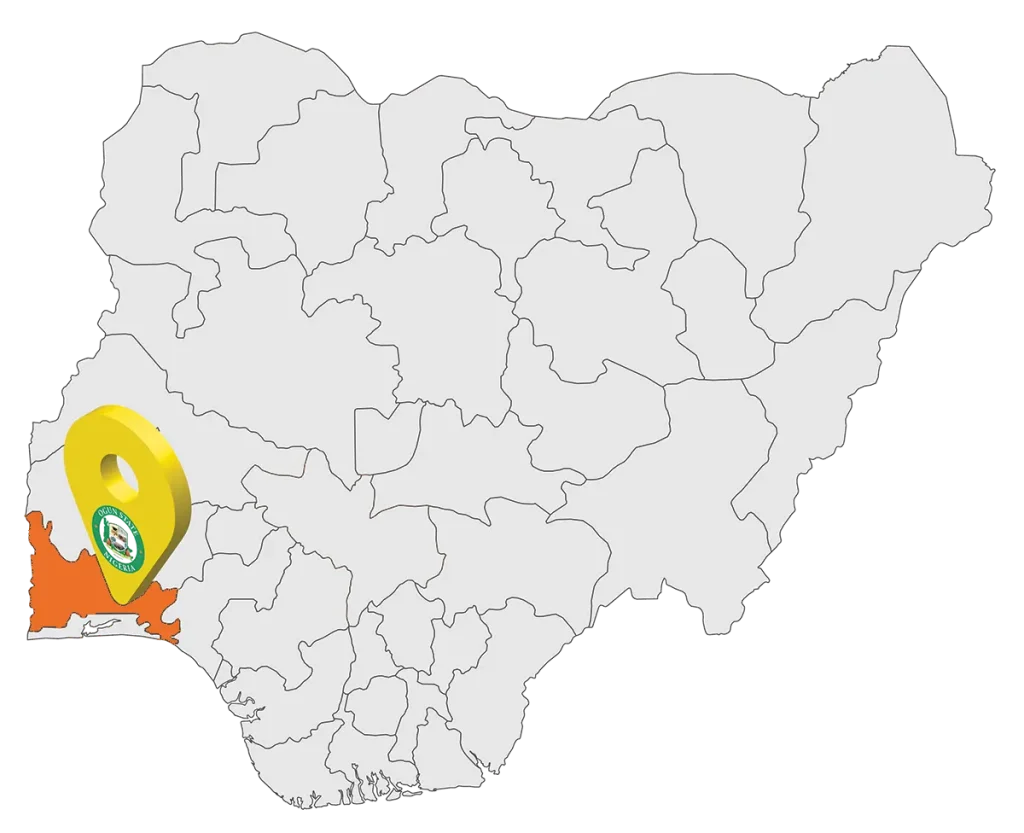Photo by Ravi Kant from Pexels
Recommendations according to The Treatment Guideline method
This treatment guideline shows a set of recommended interventions that are actionable. They can be applied in land disputes, such as disputes on borders. We have drawn interventions that are beneficial for the well-being of disputing parties from international literature in the field of justice.
The interventions have been reviewed by experts from several countries. Similar to recommendations in the medical sector, they will be updated accordingly. The interventions serve as a foundation of knowledge applicable across borders. Experts can customise or adapt them to address the unique needs of their local populations.
Along with the literature review, we have collected best practices from local experts in the Ogun state of Nigeria. Soon, we will share the best practices of local experts from additional countries. These will reflect the experiences of local professionals, offering practical guidance for individuals and organisations within a particular geographical context.
Together, the international literature and local best practices form a comprehensive set of evidence-based guidelines. HiiL’s prof. dr. Maurits Barendrecht, Tim Verheij, Isabella Banks and Manasi Nikam have developed the methodology for developing guidelines for different justice issues.
In the future, the interventions have to be systematically compared and evaluated.


